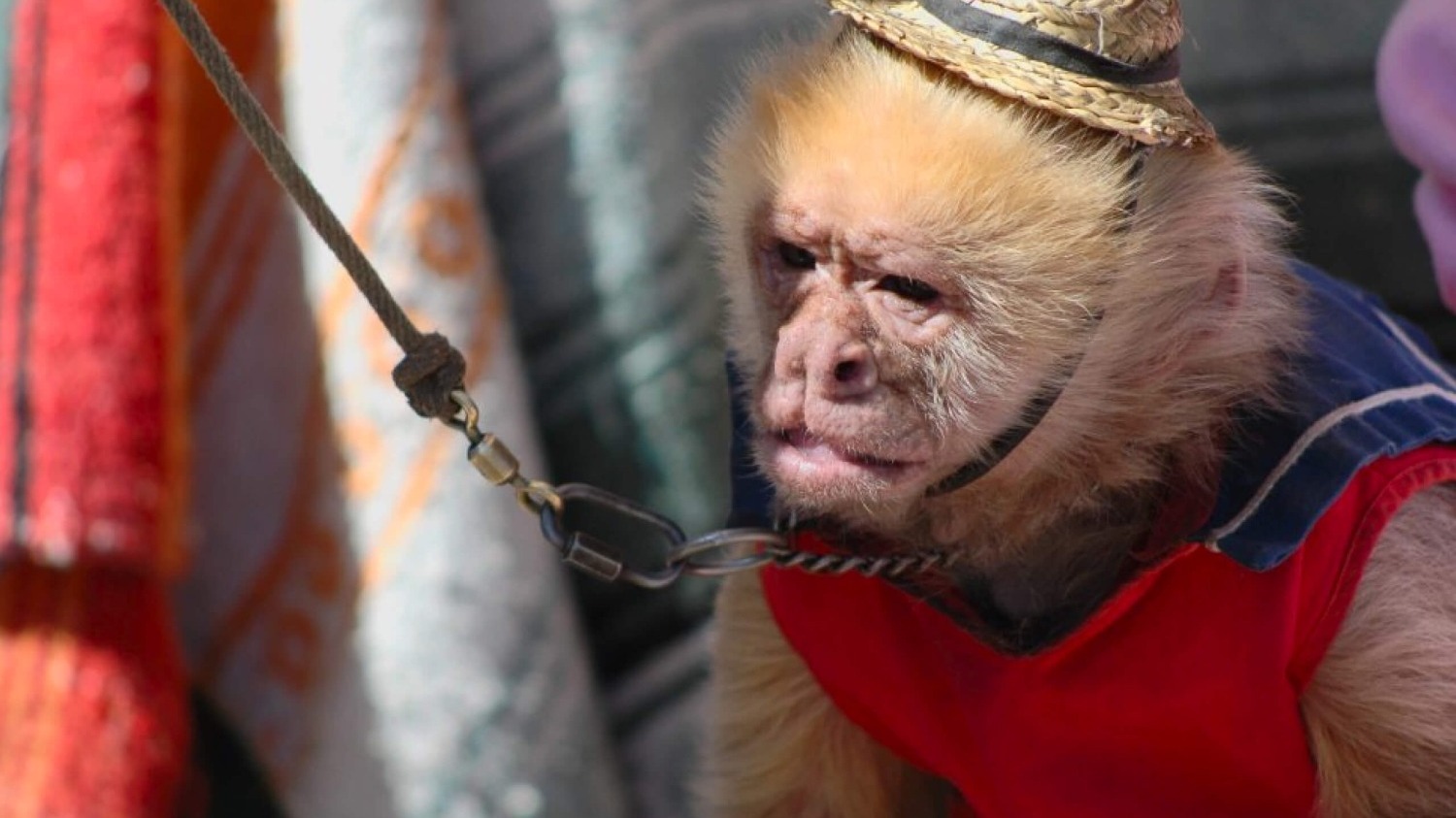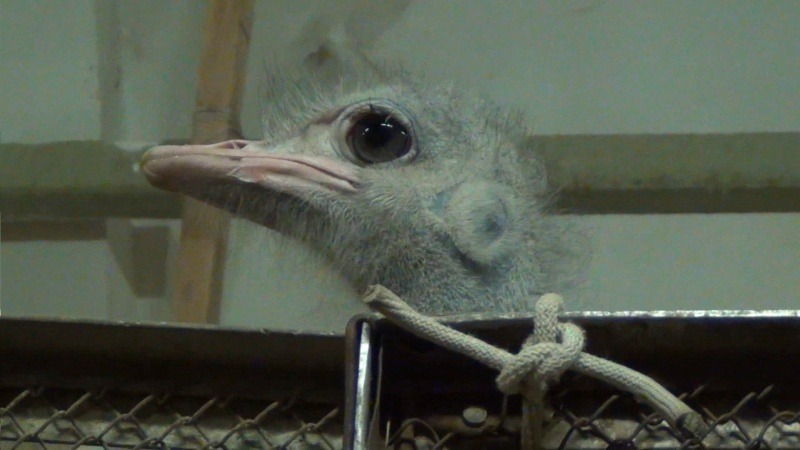Posted 29 сентября 2023, 06:49
Published 29 сентября 2023, 06:49
Modified 29 сентября 2023, 07:21
Updated 29 сентября 2023, 07:21
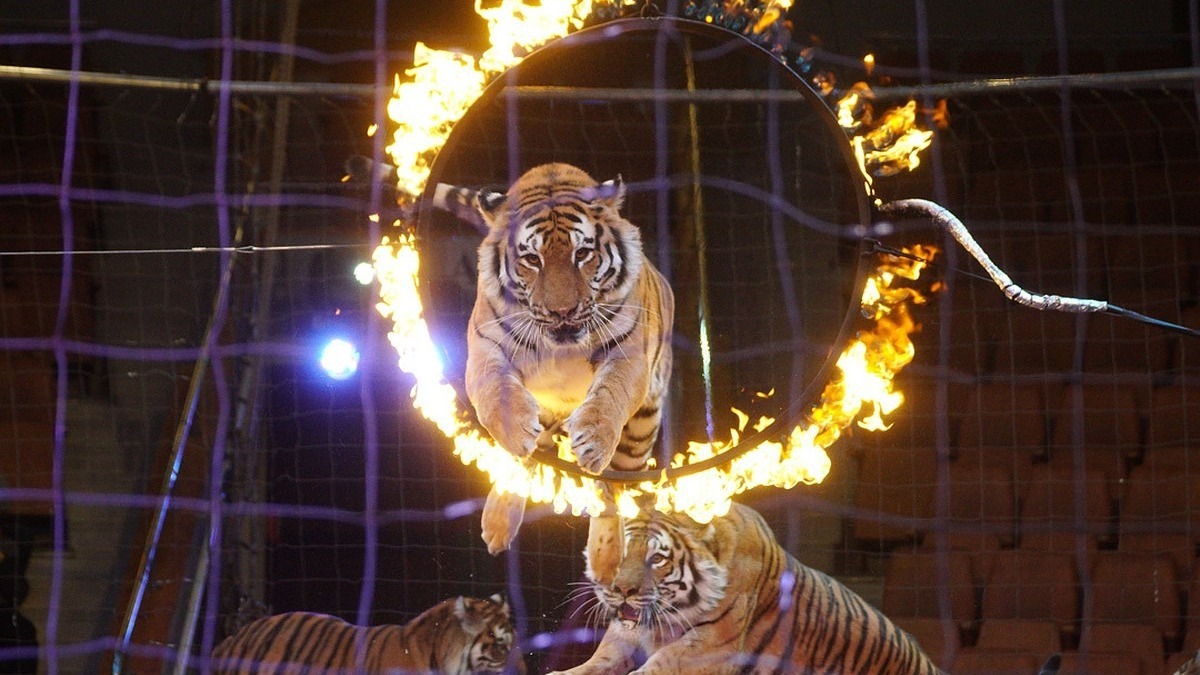
Impressionable people should better not read this! The Russian Federation has stopped the development strategy of circus art
Irina Mishina
Cruelty paid for from the budget
This was preceded by hundreds of appeals, petitions and demands of animal rights activists to improve the conditions of keeping animals in circuses, establish online monitoring of animals and generally prohibit the use of wild animals in circus performances. In response, the head of the Ministry of Agriculture Dmitry Patrushev said that the Ministry of Culture suspended the development of a circus strategy, and the deputy. The head of the Ministry of Culture Andrey Malyshev added: «Until the normalization of the economic situation in the country.» They say it's hard to put numbers when the tigers are hungry.
As for the «economic difficulties», everything is clear here. The fact is that the maintenance of animals in circuses is paid from the budget.
«That is, for all these bullying, beatings of animals, their malnutrition — we pay for all this horror out of our own pocket. Last year, Rosgoscirk siphoned off 1.3 billion rubles from the budget. Traveling circuses received 234 million rubles. And despite the fact that these are gigantic sums, it is impossible to call the maintenance of animals there otherwise than barbaric,» Irina Novozhilova, the head of the Vita Foundation, told NI.
Animal rights activists have been investigating what is happening outside the walls of zoos for a long time. This is an international action that has led to the rejection of the use of animals in zoos in many countries of the world.
To understand what a circus is, you can watch a mix of videos of the international PETA organization from investigations collected from around the world, including the Russian Vita Foundation.
A few years ago, a volunteer of the Vita Foundation got a job in one of the Moscow zoos, installed hidden cameras there and at the same time began filming everything that was happening there herself. This resulted in a documentary investigation, the materials of which were sent to the Prosecutor General's Office. Here are some fragments of what the girl recorded.
From the story of an employee of «Vita»:
- «One day we came with a classmate, but on the watch we were asked to wait a little, they say, a bear is being shot there now for attacking a trainer…»
• «One of the memorable moments is a bear gone mad, pushing off with her feet from the bottom of the cage and banging her head against its low ceiling. Like a ping pong ball. Only a measured boom-boom-boom for hours…»
• «Before the start of Johnny's next training, an examination of the traces after yesterday's beatings, probed — is everything all right? — and… in a new way — violence, beatings, Johnny's cries of pain, the trainer's mate…»
• «In cages, animals spend all the time remaining from rehearsals, training and performances — about 23 hours a day.»
«The documentary materials were collected by our foundation for a year and a half. There were terrible videos of beatings. Animals were beaten with sticks, on the floor, on the wall. Charlie the kangaroo was transported in a cage, and all his training was based on beatings. In the end, the kangaroo died,» says Irina Novozhilova, director of the Vita Foundation. — The principle is simple: if you do the trick, there will be food. This is the old and cruel principle of «Grandfather Durov». In the circus on Vernadsky Avenue, we recorded the terrible treatment of two monkeys Johnny and Kuzya, whom the trainer's wife beat with sticks. And after the beatings, the animals were felt to see if their bones were intact. With all these documentary evidence collected at different times in different circuses, we turned to the Prosecutor General's Office, where they began to call witnesses who strangely refused to recognize themselves and their circus. Gradually, the investigation was put on the brakes.»
Videos with monkeys and their trainer are at the disposal of the editorial office.
At the same time, the Ministry of Culture believes that circus performances with animals are the «strong side» of Russian circuses…
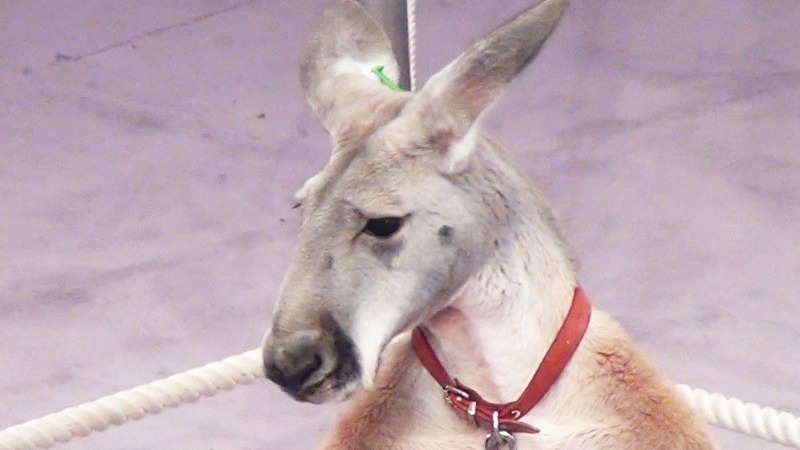

Why is the world abandoning the circus with animals?
Scandals with bullying and death of animals in circuses, as well as attacks on trainers and spectators periodically arise in the media. For example, during the January holidays of 2023, two emergencies occurred at once. In Sochi, a trainer tried to separate two lions who attacked each other on stage. The third lion at this time decided to deal with the man. The artist got off with scratches, nothing is said about the fate of the predators. Following this, a similar situation was repeated with the tigresses in Kislovodsk.
And recently three killer whales died in the Moskvarium. In nature, these mammals live for more than 40 years, and in captivity — no more than 20. Such a reduction in life expectancy cannot be called humanism.
«What is happening in the Moskvarium is beyond the bounds in general. Whales and dolphins in chlorinated water can be forced to be only under drugs. As a result, their life expectancy decreases by zero, that is, instead of 40 years, they live for 4 years,» says Irina Novozhilova, head of the Vita Foundation.
Circuses are increasingly being abandoned in the world. Bulgaria was the first to ban circuses with animals in 1998. Cyprus, Greece, Ireland, Israel, Mexico, Portugal, Singapore, Slovakia, Slovenia, the United Kingdom, Finland, France, Switzerland and the Czech Republic followed suit. These States have introduced bans on the use of animals in circus performances for ethical reasons and based on concern for the welfare of animals. In addition, the arguments for the ban were cases of attacks by wild animals on trainers and spectators, as well as the harmfulness of such spectacles for the upbringing and education of children.
We have to state that fewer people go to circuses. In Russia, the number of viewers from 2000 to 2020 fell by almost 50%, to 4.6 million people. According to the Ministry of Culture, women visit the circus more often — 64% of the entire audience. The main visitors are a company of two people: a woman aged 26-45 years with a child aged 4-9 years. That is, mothers and grandmothers with children. Based on this, the authors of the circus art development strategy continue to consider the circus as one of the most popular types of art. As an example, they cite the show of illusionist David Copperfield. But it's worth noting here that Copperfield never used animals in his shows. In Russia, there are no such ideas.
What does the law and legislators say?
Animal rights activists are trying to bring the current legislation regarding circus animals in line with the norms of humanism. After all, what is happening today? There is still no register of animals that perform in circuses in Russia. According to animal rights activists, this creates an opportunity for circuses not to comply with the requirements of legislation regarding the maintenance of animals. In addition, the current legislation does not say anything about animals that have grown old or injured and therefore can no longer participate in performances.
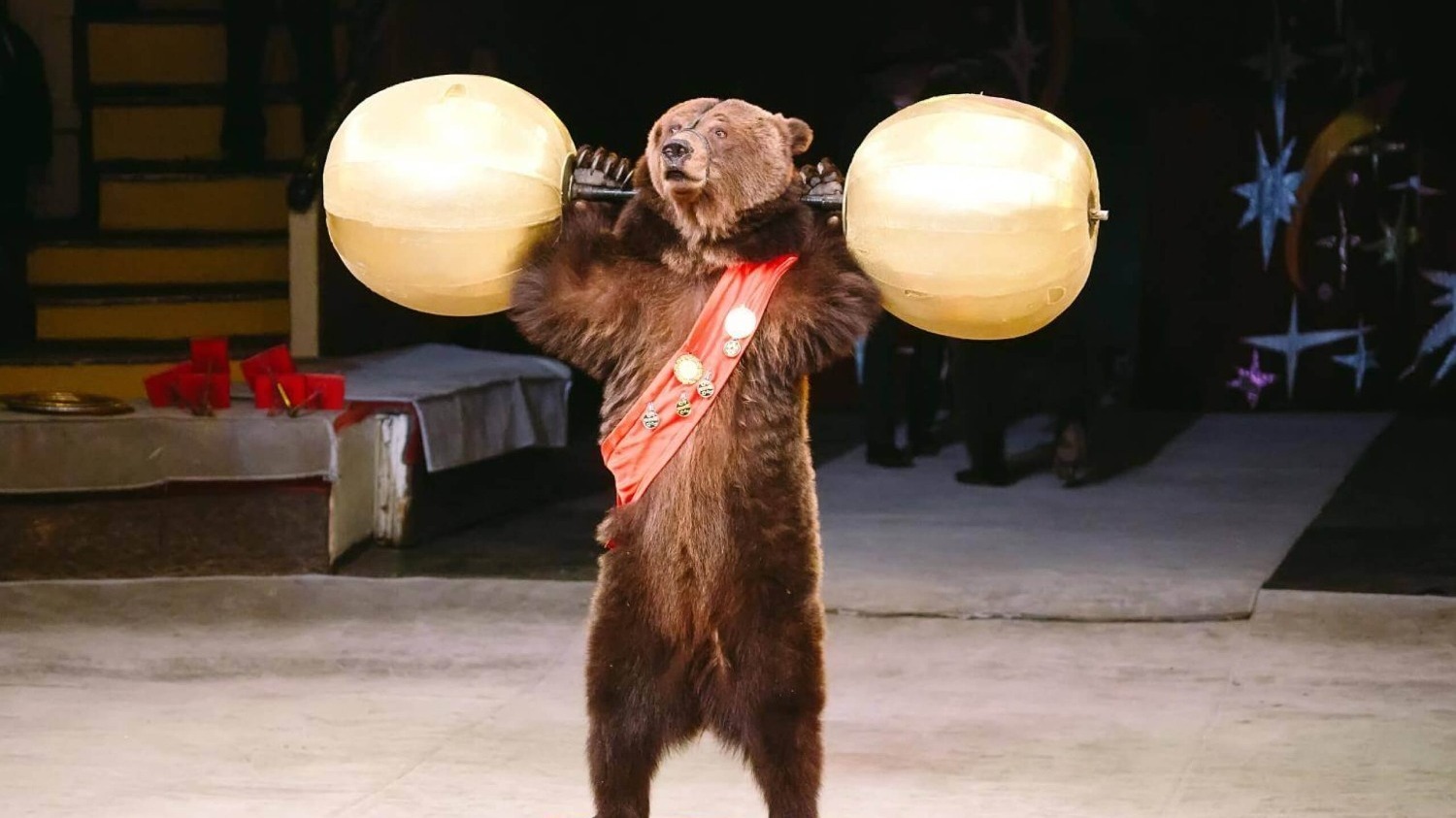

«A few years ago, the State Duma adopted by-laws to the law on responsible attitude to animals. Many animal rights activists participated in the discussion, and we raised the issue of circuses, but in the end we were presented with a ready-made document in which our proposals were not taken into account,» says Irina Novozhilova, head of the Vita Foundation.
The circus art development strategy was postponed until 2035. It is hoped that by this time society will finally come to understand that torturing animals for profit is unnatural and not humane. Already today, some universities in Moscow teach Bioethics, which calls the circus with animals a relic of the past.


